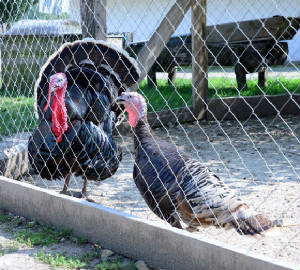|
Budapest Day 2
|
|
|
Aquincum was an ancient Roman Empire city. The ruins of the city can be found today in Budapest, We past it on our way to Szentendre, the small village we visited the second day. Unfortunately we did not get to visit, just saw it as the bus past by. It was originally settled by the Eravisci, a Celtic tribe, with the name of Ak-ink. Aquincum served as a military base, having been part of the Roman border protection system. Around AD 41-54, a 500-strong cavalry unit arrived, and a Roman legion of 6,000 men was stationed here by AD 89. The city gradually grew around the Aquincum. The city had around 30,000 to 40,000 inhabitants by the end of the 2nd century, and covered a significant part of the area today known as the Óbuda district within Budapest. I found it amazing that these ruins had not been cannibalized for building materials for later construction. Examples of the ugly apartment buildings the Soviets built during their occupation. These apartments are being renovated with better utilities and insulation. Exterior features and painting is being done to break up their drab appearance.
We arrived in Szentendre and had a couple of hours to explore. This Greek-Orthodox Blagovestenska church was built in the mid 18th century by settlers living in the Greek quarter next to the church.
Chili peppers? Wrong turn and we ended up in New Mexico? No, Paprika is a spice made from air-dried fruits of the chili pepper family of the species Capsicum annuum. Although paprika is often associated with Hungarian cuisine, the chilies from which it is made are native to the New World. The difference, the chilies used make paprika are much milder and sweater than those grown in Hatch NM and used in spicier Southwest and Mexican dishes. Wussie Chili Powder? Paprika does have a special taste as the chilies are dried over a smoky fire, giving it a smoked taste. Raushbier with your goulash? What’s raushbier?, Return to Bamberg to refresh your memory. This Lada 1500 was produced in Russia during the cold war between 72-84. Its’ 75 HP engine did not leave black streaks on the pavement.
Our next stop was the Open-air Museum of Ethnography in Szentendre, commonly known as the ‘Skansen – village museum. This museum featured old style buildings and homes as may have been found in the 1800’s. Hungary’s answer to “Pioneer Village”.
This interesting looking beast was made from “leftovers. The hide is wood lath.
A small village we could see from the museum. No, it was not part of the museum, just a Budapest suburb. The living quarters and the barn are the same structure. This served two proposes in cold European winters. The heat from the animals help keep the home warn and the farmer did not need to go outside to tend them.
Just sitten’ on the bench, wathen’ the trains go by. Yes, there was a small train that ran on these tracks.
The chapel that was part of every small village or large farm.
A windmill? Yes, windmills were popular all over Europe. There were just more in the Netherlands’ due to their use in pumping water. They were used elsewhere primarily for grinding grains.
Blacksmiths Shop. These shops were essential in keeping everything repaired or in making new tools and machinery. Yup, the Skunk is a graduate of the goulash making school. But so was everyone else that attended the demonstration. Was there a test afterwards? Yup again, we had to go in and eat some. I don’t think it was the same as we made though, anyway I hope not!
|


